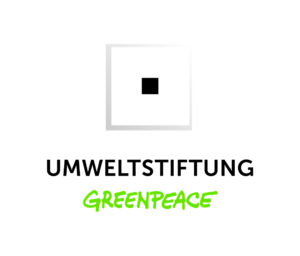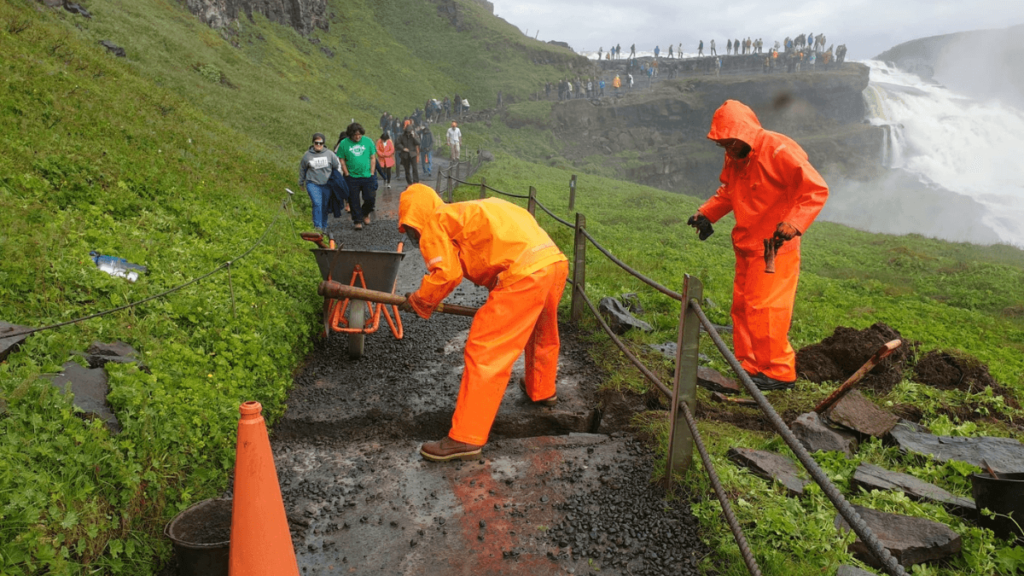Without volunteers, much of Iceland’s nature conservation would lie idle. Once part of the Icelandic volunteer program as a conservation volunteer herself, Julie Kermarec is now responsible for coordinating the annual ten-weeks Iceland Conservation Volunteers (ICV) programme run by the environment agency of Iceland Umhverfisstofnun.
From her and the program’s decades of experience, she gives an overview and valuable tips on how to balance challenges and benefits of involving international volunteers in conservation.
Julie, could you describe your volunteer program: What topics is it about?
Our program is a ten-weeks volunteer program in nature conservation, where volunteers travel through Iceland while helping with nature conservation projects. They mainly work in protected areas such as nature monuments, nature reserves, national parks and geoparks. They usually do physical hands-on work, path building and maintenance. The aim is to help rangers and managers with projects that could not be carried out without the help of volunteers. 60 percent of the tasks is stone work such as creating drains or building stone steps on the hiking trails to ensure that visitors will stay on the path and to prevent accidents like tripping. Similar tasks are associated with woodwork, e. g. creating boardwalks in wetlands, wooden steps and drains. Direct conservation work also involves the removal of invasive species, particularly the Alaskan lupine, to protect indigenous species.
What makes conservation volunteering in Iceland special?
There are tasks specific in Iceland such as preventing off-road driving as an illegal practice. Volunteers therefore help remove unwanted tracks by raking them off to discourage others from following them and to protect natural landscapes. They can also restore those areas with moss or grass transplantation. These tasks are very demanding and are seen as hard work like stonework. In recent years, we have also had to deal with Iceland’s Instagram fame, which has led to people going off trail and trampling on the very sensitive vegetation to take the perfect picture. The volunteers have closed many unwanted paths with signs, ropes and landscaping. They also participate in trail marking by helping the rangers carry and place all the waymarkers in remote areas where the rangers would not go alone. The volunteers have a very blended experience, moving from one location to the next on a weekly basis. It’s a great way to discover Iceland in a different way.
Participants can have very different backgrounds, such as doctors, detectives,
artists or even a retired teacher who has been working with us for several years
Who volunteers and how are the volunteer groups organised?
For each program, we have four teams of four new volunteers and a team leader, usually a former volunteer who has been a volunteer for at least one summer. The teams stay in their own tent, share a cooking tent, have their own car, work and discover Iceland together. They come from all kinds of backgrounds, ages and countries. Often these are nature conservation students who want to gain hands-on experience in the hope of becoming rangers in their home country. But participants can have very different backgrounds, such as doctors, detectives, artists or even a retired teacher who has been working with us for several years. Apart from a minimum age of 20, there is no age limit. So participation is open to anyone who feels capable of living in a tent for 10 weeks and doing physically demanding work most of the time.
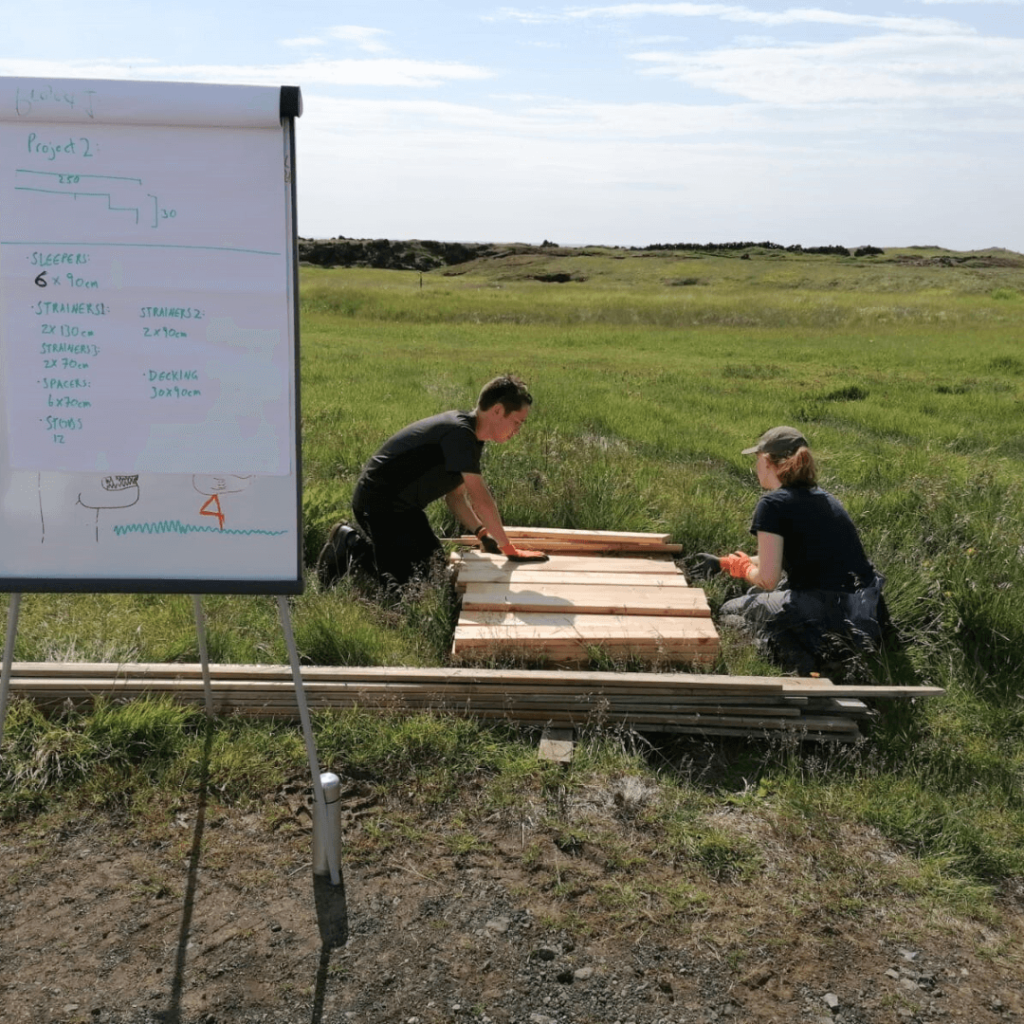
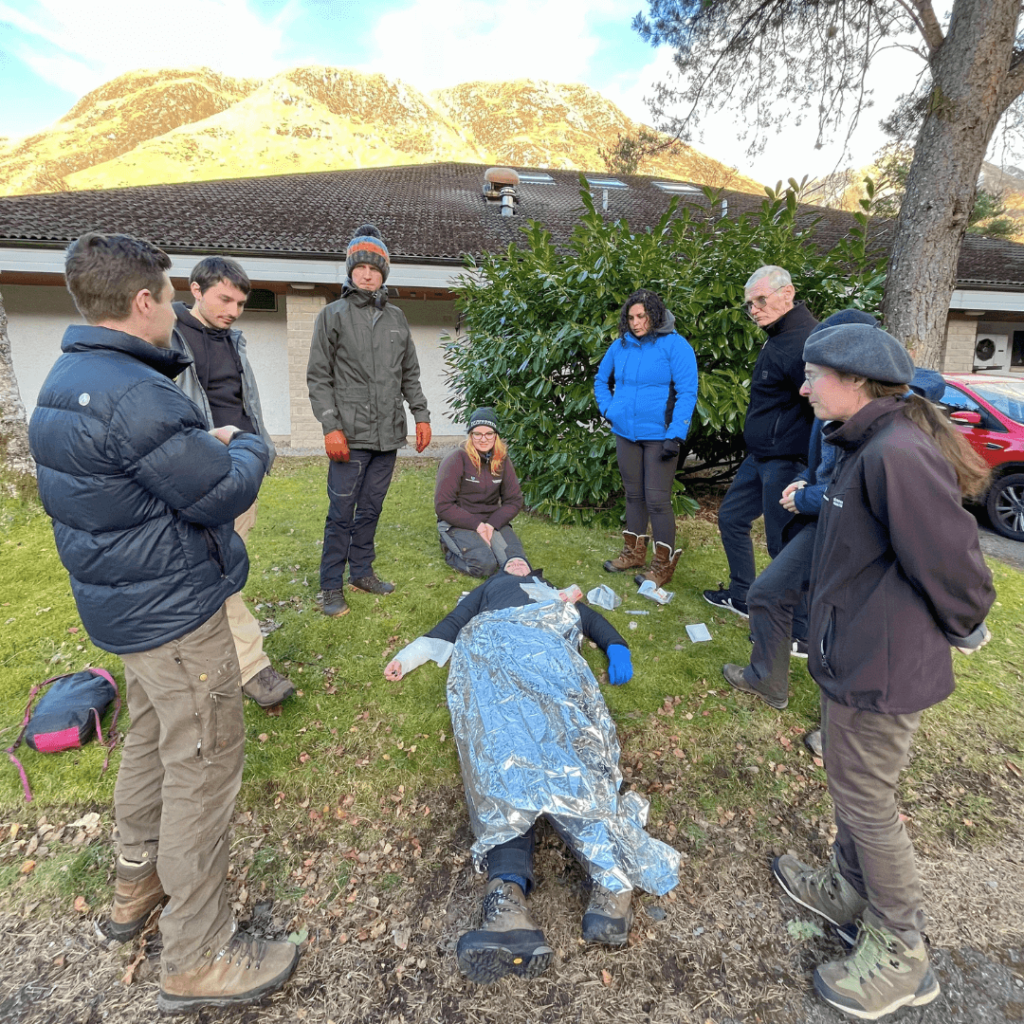
How is the training organised and in which way are rangers involved?
In autumn, long before the volunteers arrive, I get in touch with the protected area managers to ask them if they have any projects for the volunteers next summer, just before I start advertising for the new volunteers. While I am interviewing the new volunteers, we also organise a course for the leaders over the winter, where they learn how to lead a team and complete a wilderness first aid course. Some managers and rangers also take part in this course, and it’s an opportunity to get to know each other and learn more about conservation in Iceland. In spring, the managers and I set the schedule for the placements and select the final projects, giving a total of 36 weeks (9 weeks of work for each group); the program starts at the beginning of June. During its first week, volunteers learn all the techniques with experienced volunteer leaders. Once the program starts, volunteers usually come into direct contact with rangers and often work hand in hand with them for a week.
By exchanging experiences, rangers and volunteers learn from each other,
the volunteers about conservation and new rangers e. g. about trail work
What do you see as the biggest challenge in the volunteers program?
The biggest challenge for the volunteers could be the weather and the kind of work. In Iceland it can be very rainy, it can storm or snow and it is very exhausting to be outside all the time. Misunderstandings can also cause problems. English is the common language, but of course it is not everyone’s mother tongue. And as naturally participants are sometimes very tired, I want to make sure that all volunteers are mature enough to take a step back instead of doing something they would later regret. That’s also what the pre-interviews are for. A challenge for the organisation is the delivery of material to the work sites, as it can be very difficult to deliver material on a rough island like Iceland.
How is volunteering perceived in Iceland and how did the program come about?
The program has been well renowned for many years. Everyone in Iceland knows that the ICV volunteers are doing something useful for the country that no company or paid work would be able to do. By exchanging experiences, rangers and volunteers learn from each other, the volunteers about nature conservation and the rangers about trail work, for example. The program was launched in 1978 because there was a great need for trail work in Vatnajökull National Park. A large part of it can be traced back to the BTCV (British Trust of Conservation Volunteers), as volunteers from the UK came over to help out. Today, most protected area managers in Iceland know how useful the program and the work is.
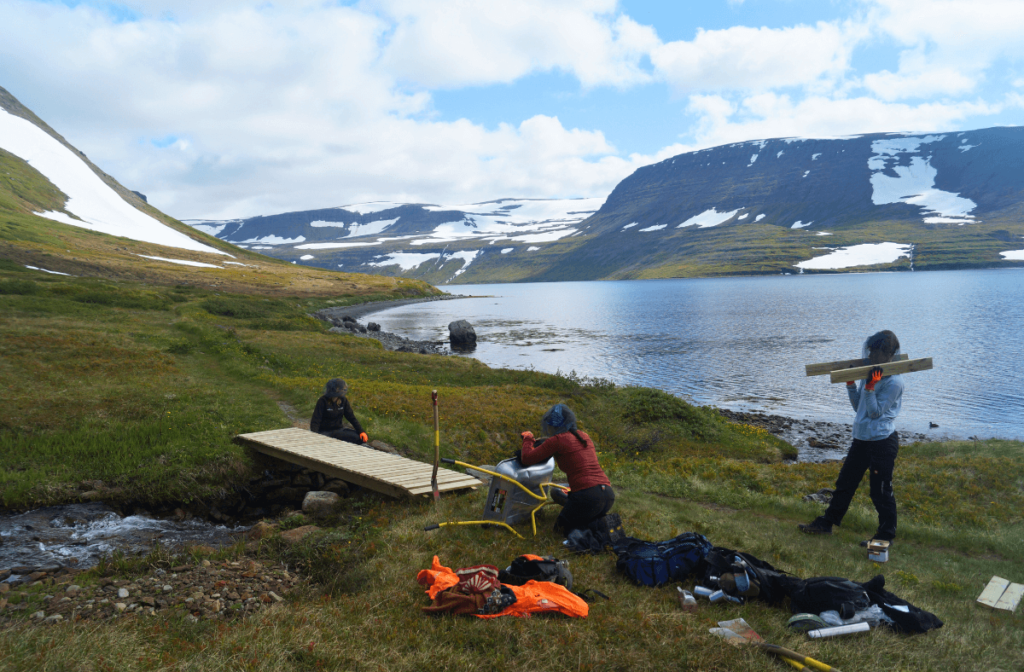
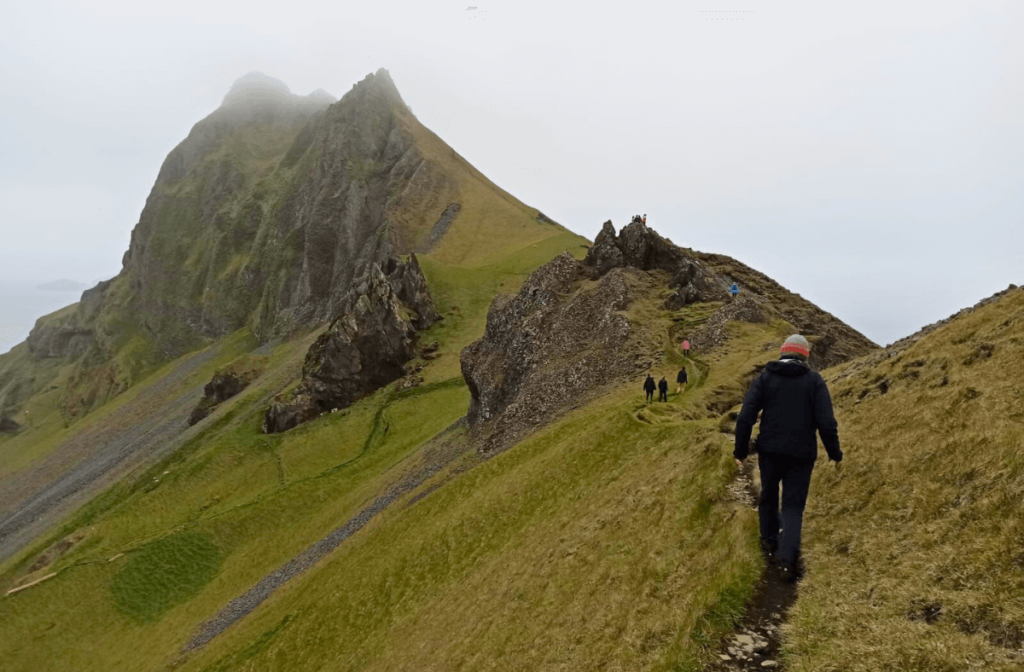
What advice do you have for organisations and rangers starting volunteer programs?
If you want to introduce a volunteer programme, you need to know what your objectives are, why, where, what the volunteers will be doing and what they will receive in return to ensure good value to the program and volunteer engagement. Over the last few years, the ICV volunteers have become a little family where everyone looks forward to seeing each other every year. It’s heartwarming to see leaders and volunteers coming to Iceland year after year to give their time to Iceland’s nature. I think it’s also important to build strong and meaningful relationships with volunteers who have the potential to become leaders and can bring so much more to the program.
It’s heartwarming to see volunteers coming to Iceland year after year to give their time
to Iceland’s nature. Over the last few years, the ICV volunteers have become a little family
This is by far worth all the investment and energy. To the rangers working directly with volunteers, keep in mind that they are sacrificing their time for your cause, you have to see the benefits of working with volunteers. It’s amazing to see how much work can be done by five people instead of you as a ranger! You can often save weeks by completing a task with them. So it’s well worth taking the time to explain the task to them in a good and understandable way.
editorial work for this
content is supported by
